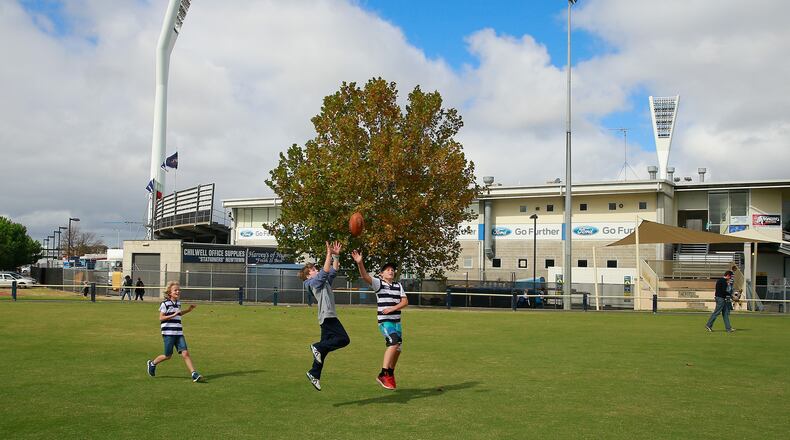Recess is more than just a break in the school day. It’s a crucial part of students’ development and helps children get a head start on staying active for life, according to researchers.
Now new recommendations from the Centers for Disease Control and Prevention and an organization called SHAPE America provide educators with a list of strategies on how to help create a good school recess policy.
SHAPE America CEO E. Paul Roetert says the new guidelines are a "milestone" in helping increase children's physical activity levels.
“Daily recess, monitored by well-trained staff or volunteers, can optimize a child's social, emotional, physical, and cognitive development," Roetert said.
"Recess contributes to the recommended 60 minutes of daily physical activity for students and helps them apply the knowledge and skills they learn in an effective health and physical education program,” Roetert explained.
The guidelines emphasize that recess is more than just fun time for students and a break for teachers, but is an essential way of helping children’s social and emotional development, cutting down on bullying and increasing students’ attention spans.
"Schools can create recess environments that support physical activity, positively impact student learning, and improve classroom behavior,” the CDC’s School Health Branch chief Holly Hunt said.
Recess should give “all student the opportunity to choose the physical activities in which they'd like to engage in," Hunt said.
The new recommendations offer some consistency for schools on recess policy, how to develop a plan, when to take a break, where to hold recess and more.
About the Author
The Latest
Featured

